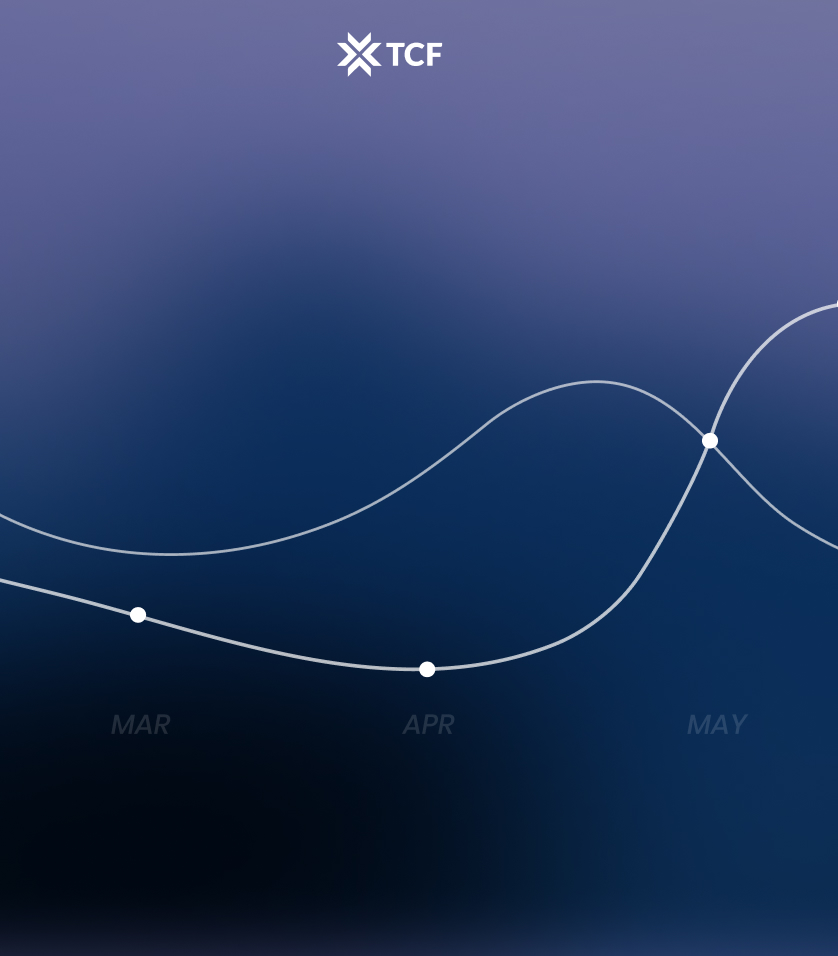Ever feel like you’re drowning in a sea of ecommerce data? You’re not alone. With countless metrics at your disposal, it’s easy to get lost in the numbers. But here’s the catch: not all metrics are created equal. Some hold the keys to unlocking your ecommerce success, while others are just noise.
This guide is your lifeline.
We’ve handpicked 21 best ecommerce marketing metrics that every ecommerce business should monitor. We’ll start with 15 essential metrics that lay the groundwork for your strategy, ensuring you have a solid understanding of your business’s performance. Then, we’ll delve into 7 advanced metrics that provide deeper insights and a competitive edge.
Ready to transform your data into actionable insights?
Let’s dive in.
15 Essential Ecommerce Marketing Metrics
When it comes to running a successful ecommerce business, having a handle on the basics is non-negotiable. Think of these essential metrics as the backbone of your ecommerce strategy—they’re fundamental to understanding how your business is performing and where you can make impactful improvements.
Mastering them will ensure you’re not just swimming with the tide but steering your ship toward success.
Here are the ones we track religiously at TCF:
1. Conversion Rate
This metric shows how well your website converts visitors into customers, indicating the effectiveness of your site’s design, content, and marketing efforts.
A higher conversion rate means better performance in persuading visitors to take desired actions, such as making a purchase or signing up.
Monitor conversion rates using Google Analytics or your ecommerce platform’s analytics tool.
2. Customer Acquisition Cost (CAC)
Customer Acquisition Cost (CAC) helps measure the average expense of acquiring a new customer, allowing you to evaluate the efficiency of your marketing and sales efforts.
It provides insights for optimizing strategies and ensuring that customer acquisition is cost-effective.
Calculate CAC by dividing total marketing and sales expenses by the number of new customers acquired during the same period.
3. Average Order Value (AOV)
Average Order Value (AOV) helps determine the average amount spent per transaction, guiding strategies for increasing sales and revenue.
It provides insights into customer purchasing behavior and the effectiveness of upselling or cross-selling tactics.
Calculate average order value using the formula: AOV = Total Revenue / Number of Orders.
4. Lifetime Value (LTV)
Lifetime Value (LTV) helps estimate the total revenue a customer will generate over their relationship with your business, guiding strategies for customer retention and acquisition.
It provides insights for budgeting and resource allocation to maximize long-term profitability.
Calculate LTV using the formula: Average Purchase Value × Purchase Frequency × Customer Lifespan.
5. Return on Ad Spend (ROAS)
Return on Ad Spend (ROAS) helps assess the revenue generated for each dollar spent on advertising, indicating the effectiveness and profitability of ad campaigns.
It provides insights for optimizing ad strategies and budgeting to maximize return on investment.
Calculate ROAS by dividing the revenue generated from ads by the cost of those ads. This metric provides insights into the performance and efficiency of your advertising efforts.
6. Click-Through Rate (CTR)
Click-Through Rate (CTR) helps measure the effectiveness of ads or links by showing how often they are clicked relative to their impressions.
It provides insights into the appeal and relevance of your content, guiding adjustments to improve engagement and drive more traffic.
Calculate CTR by using the formula: (Clicks / Impressions) × 100.
7. Traffic Sources
Traffic sources help identify where your visitors are coming from, allowing you to understand which marketing channels are most effective.
This insight enables you to optimize your strategies and allocate resources to the most impactful sources.
Use Google Analytics to analyze traffic sources. This tool provides detailed reports on the origins of your website visitors, enabling you to optimize your marketing strategies based on performance.
8. Churn Rate
Churn rate measures the percentage of customers who stop doing business with you over a given period.
It helps identify retention issues and the overall health of your customer base.
Calculate CTR by using the formula: Churn Rate = (Number of Customers at Start of Period / Number of Customers Lost During Period) × 100
9. Cart Abandonment Rate
Cart abandonment rate helps identify issues in the checkout process and understand why shoppers leave without completing a purchase.
It provides insights for improving user experience and optimizing strategies to reduce lost sales and increase conversions.
Calculate the rate using the formula: Number of abandoned carts / Total number of carts x 100.
10. Gross Profit Margin
Gross profit margin helps with setting effective pricing strategies, managing production costs, and assessing overall profitability.
It provides insights for budgeting, financial planning, and attracting investors by showing how much profit remains after covering direct costs.
Calculate gross profit margin using the formula: (Revenue – COGS) / Revenue × 100.
11. Email Click-Through Rate (CTR)
Email Click-Through Rate (CTR) helps measure the effectiveness of your email campaigns by showing the percentage of recipients who click on links within the emails.
It provides insights into how engaging your content is and helps optimize future email marketing strategies.
Calculate it using the formula: CTR = (Number of Clicks / Number of Emails Delivered) × 100
12. Social Media Engagement Rate
Social Media Engagement Rate helps measure the level of interaction (likes, comments, shares) relative to your total followers or impressions, indicating how effectively your content resonates with your audience.
It provides insights for optimizing content strategy and increasing audience engagement.
Calculate it using the formula: Engagement Rate = (Total Engagements / Total Impressions) × 100
13. Retention Rate
Retention rate helps measure the percentage of customers who continue to engage with your business over time, indicating the effectiveness of your retention strategies.
It provides insights into customer loyalty and helps guide efforts to improve long-term relationships and reduce churn.
Calculate it using the formula: Retention Rate = [(Number of Customers at End of Period – Number of New Customers During Period) / Number of Customers at Start of Period] × 100
14. Net Promoter Score (NPS)
Net Promoter Score (NPS) helps gauge customer loyalty and satisfaction by measuring the likelihood that customers would recommend your business to others.
It provides insights into overall customer sentiment and helps identify areas for improving customer experience and fostering advocacy.
Calculate it using the formula: NPS = % of Promoters – % of Detractors,
where promoters are customers who score 9 or 10 and are likely to recommend your business, while Detractors score between 0 and 6 and are likely to share negative feedback.
15. Return Rate
Return rate helps measure the percentage of purchased items that customers return, indicating potential issues with product quality or satisfaction.
It provides insights into customer experience and helps identify areas for improving product offerings and reducing returns.
Calculate using the formula: Return Rate = (Number of Returned Items / Number of Sold Items) × 100
6 Pro Metrics You Didn’t Know You Needed
You’ve got the basics covered, but if you’re aiming to truly excel in the ecommerce game, it’s time to elevate your ecommerce marketing metrics game. Enter the realm of pro-level metrics—these are the advanced indicators that provide deeper insights and sharper competitive edges.
While essential metrics give you a solid foundation, these pro metrics are like the secret weapons in your marketing arsenal.
Unlock deeper ecommerce insights with these advanced ecommerce marketing metrics and gain a competitive edge:
16. Multi-Channel Attribution
Multi-channel attribution shows how different marketing channels collaborate to drive conversions, providing a fuller picture than single-touch models. It helps you understand each channel’s impact and refine your marketing strategy.
Use models like Linear (equal credit), Time Decay (more credit to recent touchpoints), Position-Based (credit to first and last touchpoints), or Data-Driven (machine learning-based) to evaluate contributions. Tools like Google Analytics and Adobe Analytics can help set up and analyze these models.
Optimize your marketing spend by focusing on high-performing channels and refining strategies based on their contributions.
17. Product Affinity Metrics
Product affinity metrics reveal which items are often bought together, highlighting opportunities for effective cross-selling and bundling.
Analyze your purchase data to identify frequently paired products. Use analytics tools like Google Analytics or ecommerce platform reports to uncover these patterns.
Leverage these insights to design targeted product recommendations, bundle offers, and promotions that encourage additional purchases and boost overall sales.
18. Marketing Channel Efficiency
Measures how well each marketing channel drives conversions and revenue, helping you allocate your budget effectively.
Evaluate ecommerce marketing metrics like Cost Per Acquisition (CPA), Return on Ad Spend (ROAS), and conversion rates for each channel using tools like Google Analytics.
Invest more in high-performing channels and adjust strategies for less effective ones to improve overall marketing efficiency and ROI.
19. Customer Acquisition Cost to Lifetime Value Ratio (CAC to LTV Ratio)
The CAC to LTV Ratio provides a more nuanced understanding of customer profitability and helps ensure that acquisition costs are sustainable.
Calculate it using the formula: CAC to LTV Ratio = Customer Acquisition Cost / Customer Lifetime Value.
Use this ratio to evaluate the efficiency of your acquisition strategies and make informed decisions about marketing investments and customer retention efforts.
20. Purchase Frequency
Purchase Frequency measures how often customers make purchases within a specific period.
It provides insights into customer loyalty, helps tailor marketing strategies to increase engagement, and assists in predicting future revenue.
Calculate it using the formula: Purchase Frequency = Total Number of Unique Customers / Total Number of Orders
21. Engagement Depth
Engagement Depth measures how deeply users interact with content, including scroll depth, time spent on the page, and interactions with elements, indicating content quality and interest.
Calculation Examples:
- Average Scroll Depth = (Total Scroll Depth of All Users) / (Number of Visitors)
- Average Time on Page = (Total Time Spent on Page) / (Number of Visitors)
- Interaction Rate = (Number of Interactions) / (Total Content Views) × 100
Conclusion
Measuring your marketing results is crucial for success, but it’s often easier said than done. The real challenge lies in selecting the right metrics that not only reflect your efforts but also provide actionable insights.
In this article, we’ve covered 21 of the best ecommerce marketing metrics, both essential and more advanced, offering a comprehensive approach to mastering your ecommerce performance.
Essential metrics lay the groundwork, helping you track core aspects of your business and ensure everything is running smoothly. Advanced metrics, on the other hand, dive into the finer details of your data, uncovering opportunities for optimization and providing a competitive edge.
Cheers to the metrics that truly matter.



Comments